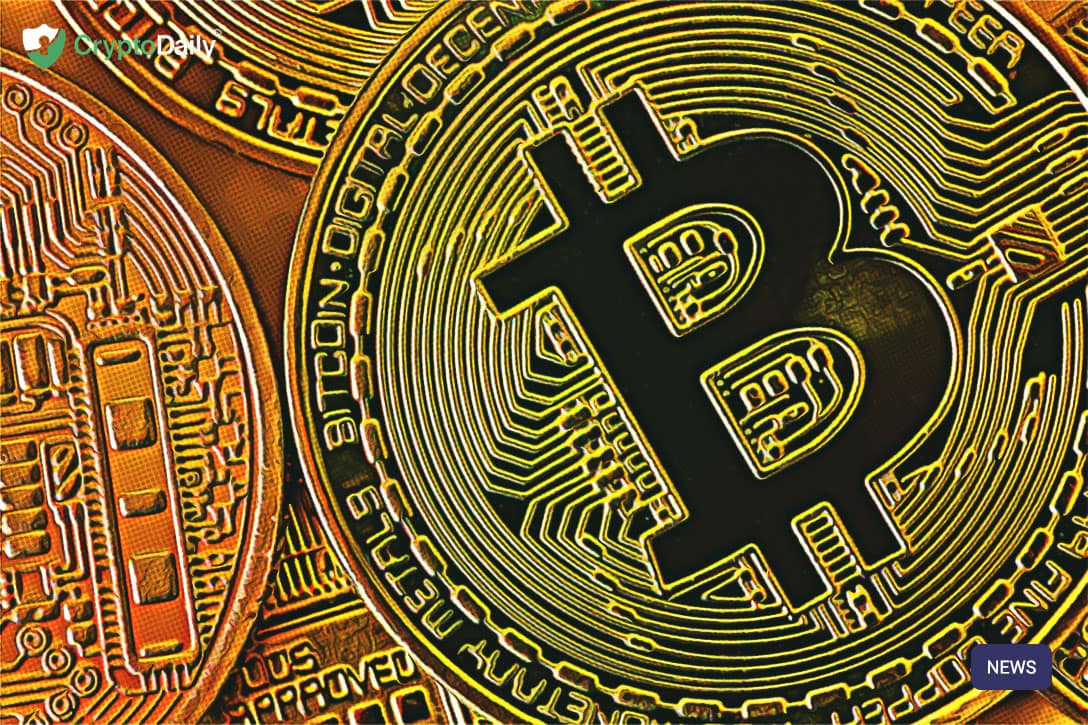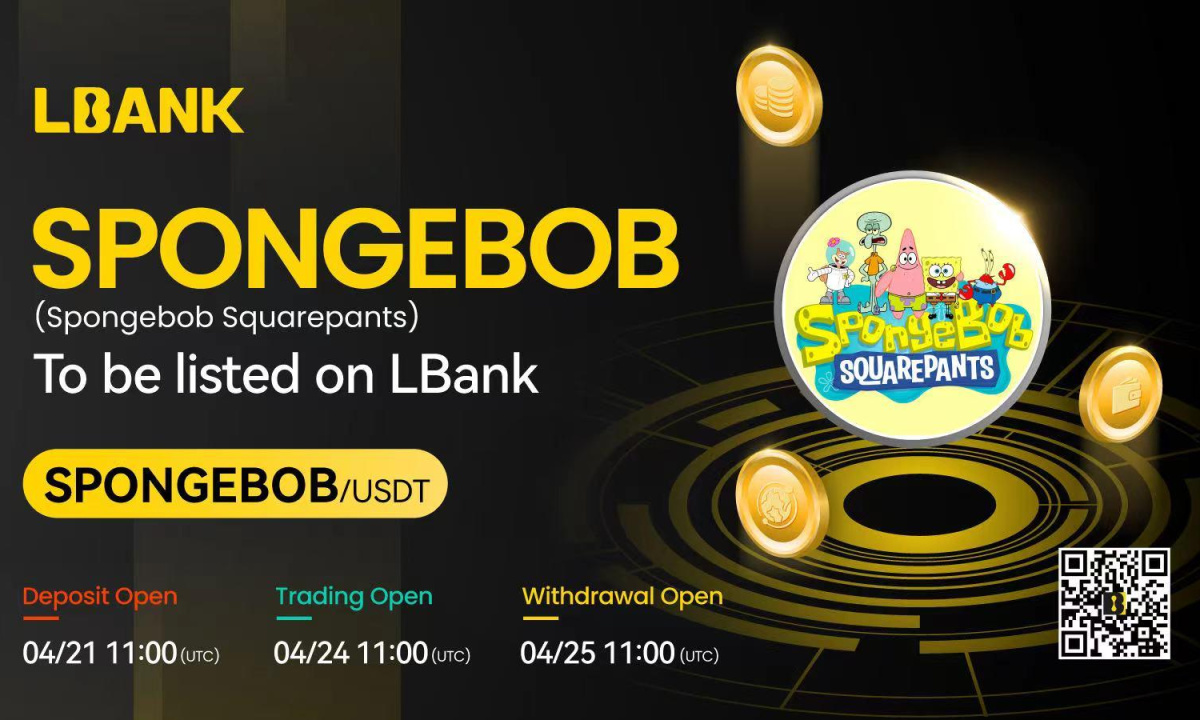When sidechains were originally announced as a concept back in 2014, the technology was generally viewed as a potential death blow to the altcoin market. After all, if you’re able to move bitcoin back and forth between different blockchains, why would there be a need for separate cryptocurrencies?
With the 2017 ICO bubble still fresh in everyone’s minds, it’s clear this sidechains vision for Bitcoin has yet to be fulfilled.
While federated sidechains, such as Liquid and RSK, do exist, they come with different tradeoffs when compared to peer-to-peer (P2P) sidechains in terms of security and censorship resistance. The federated sidechains model is more similar to Ripple, Stellar, or even EOS, where the high level of centralization and lack of anonymity among validators brings into question whether the underlying tokens of these systems should even be considered true cryptocurrencies (see our recent post on this topic).
At the Understanding Bitcoin conference in Malta over the weekend, Adam Back, who is the CEO of Blockstream (the company that first popularized the sidechains concept), was asked whether sidechains are still a credible alternative to altcoins. In his response, Back covered the problems P2P sidechains have faced up to this point, where they stand today, and how they may become more secure in the future.
P2P Sidechains Difficult Due to Miner Centralization
After providing an overview of the federated sidechain model as it exists today, Back pointed to mining centralization as a key reason P2P sidechains have not seen as much traction up to this point.
“I think the other, kind of, hesitation about [the] peer-to-peer sidechain model is it has more exposure to miners, and mining got a bit centralized a few years ago,” explained Back. “And I think that’s improved over the past year. There are many new competitors, and one of the dominant players [Bitmain] has kind of fallen significantly in its influence and market share. So, I think that’s probably for the better. If mining decentralization is better, peer-to-peer sidechains become safer.”
Whether it’s the SPV sidechains outlined in the original sidechains white paper or Paul Sztorc’s more recent drivechains effort, many people aren’t completely comfortable with the level of trust that is placed in miners to act responsibly in these models. Having said that, RSK plans to slowly move from a federated model to a drivechain, and Sztorc is likely to release mainnet-ready code for his own drivechain offerings at some point in the near future.
In addition to the concerns around miners’ level of control over these types of sidechains, Back also explained that these systems require the addition of new opcodes to Bitcoin’s scripting language, which would require a soft fork. This is another reason the sidechains that exist today are federated: their existence is already possible in Bitcoin as it exists today.
Perhaps something like Sztorc’s drivechain proposal could gain consensus as a useful addition to Bitcoin now that mining centralization is not as bad as it once was.
Should Developers Be Building Altcoins or Sidechains?
At one point during this conversation, BHB Network Director Giacomo Zucco, who was moderating the panel, asked Back to clarify whether they should recommend developers work on Bitcoin sidechains rather than new altcoins.
“I think we can,” replied Back.
Back added that the source code for the Liquid sidechain is available online, and other companies, such as Commerce Block, are building on that as the basis for new federated sidechain networks.
“I think somebody said on a panel yesterday that [altcoins] don’t seem constructive, and this was my reaction to altcoins,” said Back. “To keep trying to repeat and create new coins [doesn’t make sense] because it’s a form of dilution, and they generally have not proven to have long life because of the constant stream of new ones with new marketing budgets and the old ones run out.”
Back went on to say that he finds building on top of Bitcoin much more interesting because it is sort of like the TCP/IP layer of a deep, liquid electronic cash system.
“I think it’s far more likely the sidechains do eventually win out over altcoins as a way to do innovation, but probably the downfall of the altcoins and different smart-contracting systems will be themselves because they compete against themselves,” Back continued. “So, EOS and Tron — I don’t even know all the names of them these days. But many of them have large budgets and they use their marketing for visibility basically.”
In terms of the long term security of P2P sidechains, back echoed comments recently made by Blockstream Mathematician Andrew Poelstra.
“I think the really long term answer which can make full security for the sidechain model is something SNARK or bulletproof related,” explained Back. “Today, you can make bulletproofs that are proofs of execution correctness — that this value had this calculation done on it and we know the output without re-running the calculation. So, you make a proof of execution. If there was enough computational resources, the proof-of-execution could be done for the whole validation of a sidechain. And actually the original description of the concept of a two-way sidechain was with that context. That was the far future possibility. The problem is today they’re very expensive.”
Investment Disclaimer






